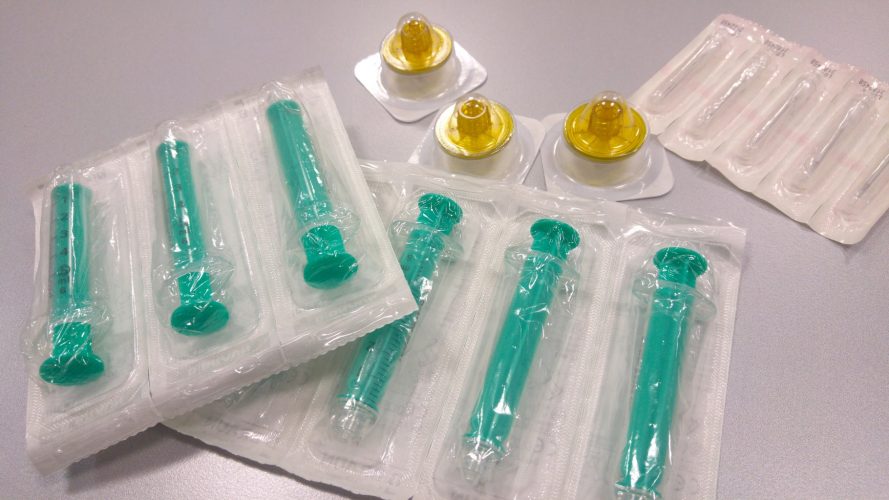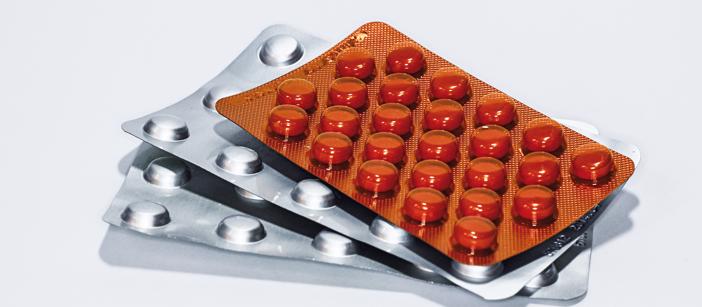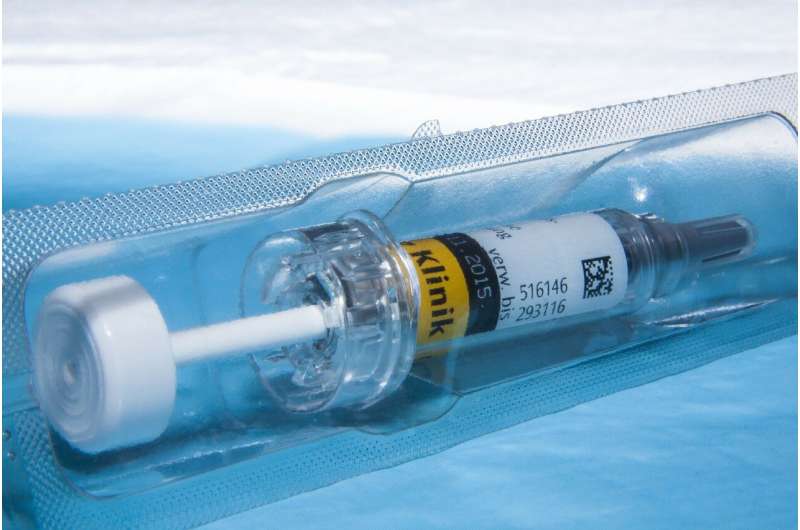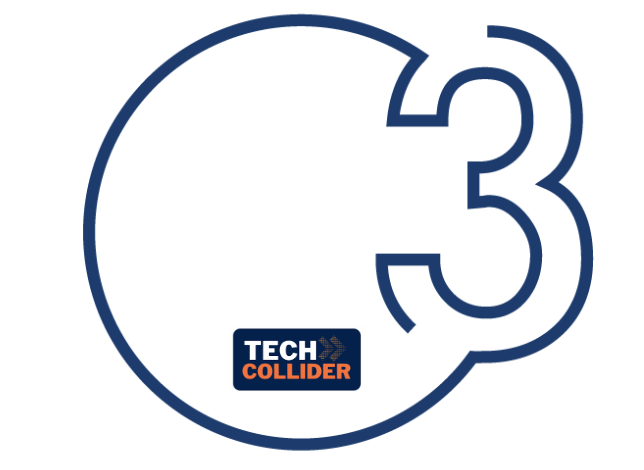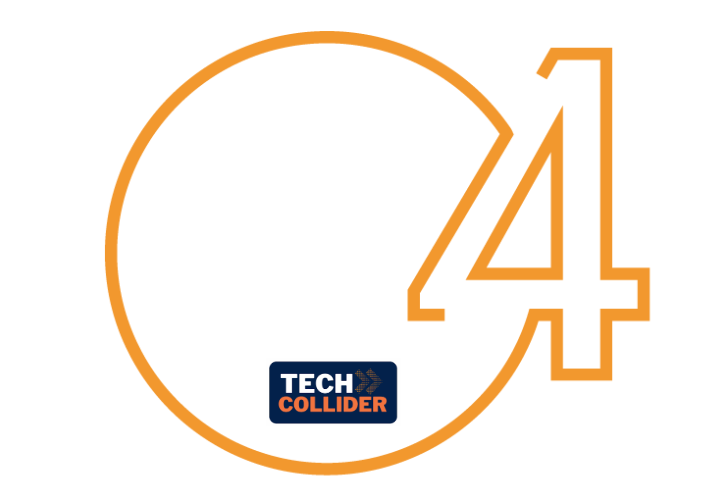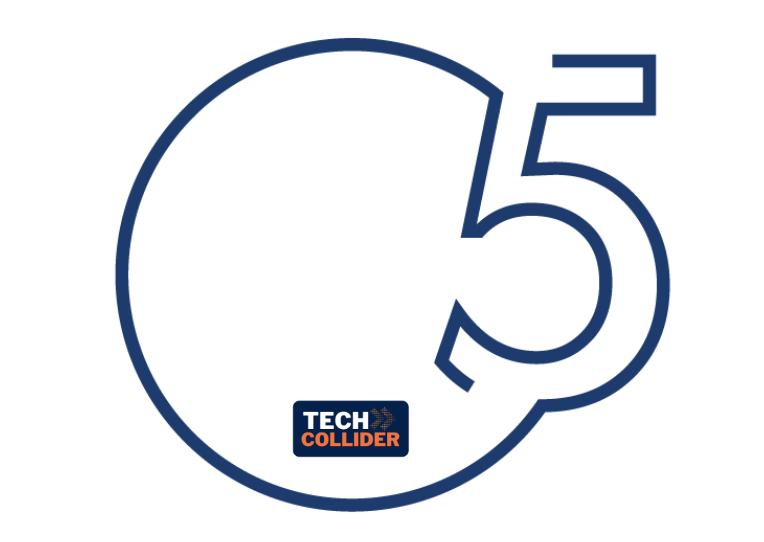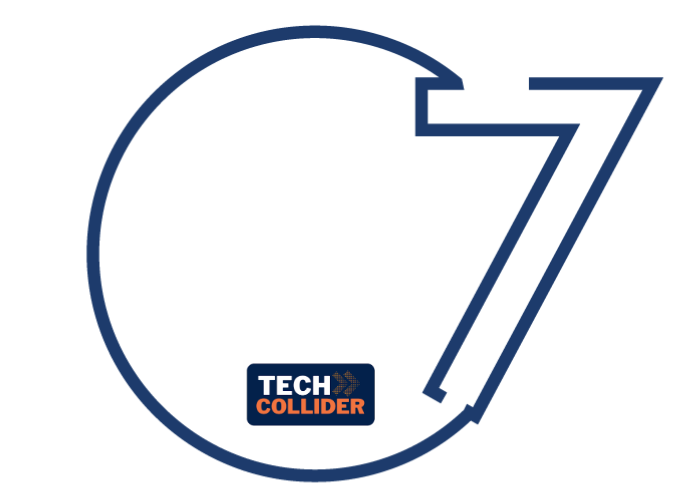The method most used nowadays for the sterilization of disposable medical devices is based on Ethylene Oxide gas (EtO) as it is effective and economical. On the other hand, EtO is classified as a flammable, explosive, toxic, mutagenic and carcinogenic gas. These reasons have led to a strong limitation in the construction of new plants based on EtO, and to a virtual ban on its use. This ban will be implemented once alternative sterilization technologies are available on the market. A second sterilization process used in the medical field for heat-sensitive devices is that achieved by irradiation. This method is typically effective but expensive. The radiation used can also be carcinogenic for workers in the sector and can also modify the chemical-physical properties of the treated samples. Other methodologies such as hydrogen peroxide are typically confined to small sterilization volumes.
It is therefore necessary to invest in new technologies to find valid, economic, sustainable and less harmful to health solutions, thus avoiding limiting the development of this sector which is so strategic in the daily life of the population. The plasma technology developed by us aims to replace EtO in sterilization processes, using the reactive species produced by an electric discharge generated in air at atmospheric pressure. This process promises to be backwards compatible, cost-effective and more environmentally friendly than current solutions on the market.


